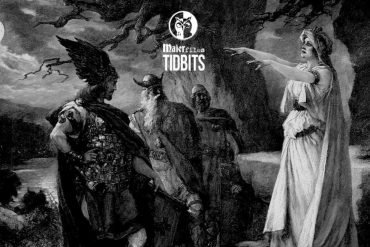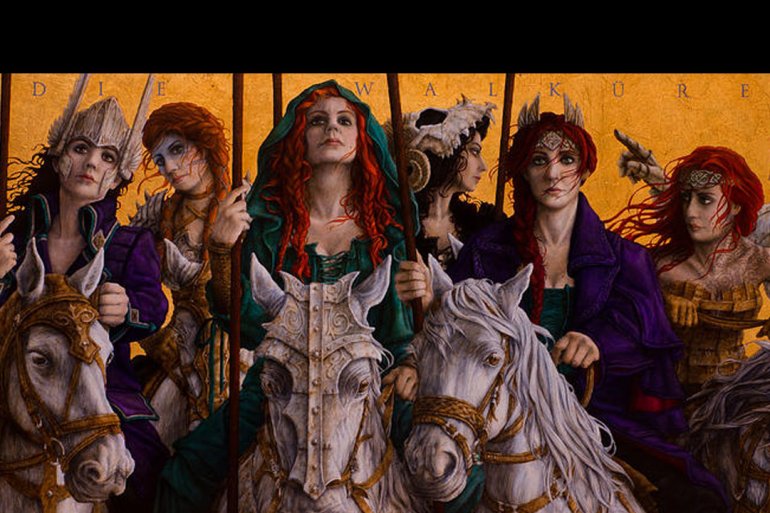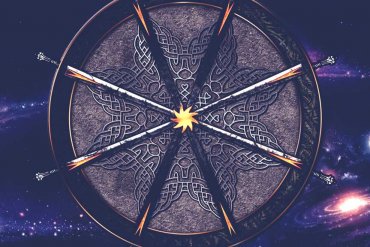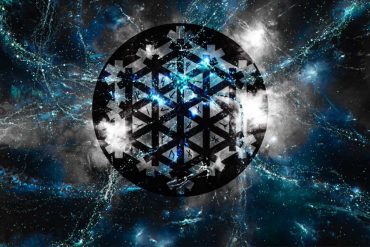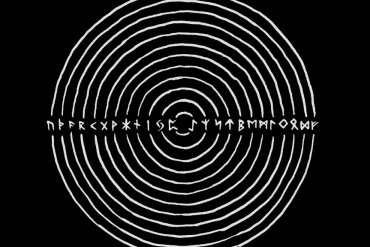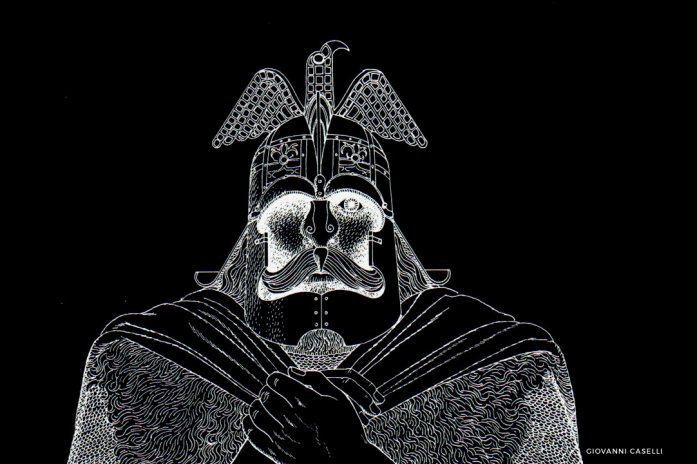A Backstory on one of the less obvious themes in the Maier Files and Dietrich’s personal tale, the Disir. Who are the Disir? Or should we call them Idis or Dís? According to the Roman historian Tacitus, the ancient Germanics and Teutons thought of their women as “goddesses”. Especially holy were the spirits of the female ancestors, who continued to watch over and ward their...
Hella, Hel, known to all Germanic peoples, including the Goths as Hellarunester. A Gothic word for “witch” was Haljoruna. The name itself stems from a root meaning “to hide”. The word Hellirunar describes people who ‘rune’ (Speak, sing, whisper) with Hel/Helja, the goddess and realm of the underworld. “Hell”, in its original meaning is the hidden realm, the dark and foggy place where the dead...
Valkyrie which is composed of two words: the noun valr (referring to the slain on the battlefield) and the verb kjósa (meaning “to choose”). Together, they mean ‘chooser of the slain’. The Old Norse valkyrja is cognate to Old English wælcyrge. A malevolent female demon, a sorceress or a female witch. Among the Anglo-Saxons the valkyries were female spirits of carnage. So the nowadays picture of the valkyries as graceful, queenly ladies bearing the dead hero warriors to Walhalla is […]...
The 8 ancient festivities for each sign an essential point in nature’s yearly cycles. They are generally portrayed as 8 equally spaced spokes on a wheel symbolizing the year in total; the days on which they fall are approximately equally spaced on the calendar, as well. The wheel of the year consists of two sets of four holidays for each. One can find four sun-festivals...
Trying to understand one of the many hidden histories and layers within Maier files is trying to understand the Grail quest and its influence on many even nowadays. The Arthurian legends are an obvious start. The fabulous stories of King Arthur and the Grail are currently so well known that they extensively researched and remarked upon by many different authors and researchers. However numerous individuals...
Hamingja, as used in the sagas, stands for an abstract conception, that of something belonging to an outstanding person which is partly a matter of character and partly of personality, and partly something more than either—that strange quality of ‘luck’ or luck-lessness’ which attaches itself to certain individuals more than others. It is something which can be handed on after death, and it usually remains within one family. It is usually connected with the name, so that if a child […]...
We take it for granted that the past is fixed and time is linear. History always happened the way we remember it happening. But how do we know for sure that that’s the case? Otto Maier started to work on a project called “Nornir” in the 30ties and 40ties. To understand project Nornir and its goals you need to step into a forgotten old Germanic...
In every varieties of the Arthurian legend, the traditional reality of Arthur (who supposedly was the Warrior King of the Nordic Cimres as they definitely battled against the Anglo-Saxons between the 5th and sixth century C.E.), is less important in comparison to the aspect according to which we are led to see in his kingdom a sense of the fundamental regal function purely linked to...
Warning: Major spoilers ahead for “Maier files” Somewhere in central Europe dwells a very ancient society known by its Gothic name: Gards Aúirkeis, or the house of the Chalice. Some claim that its members protect an ancient knowledge and they have access to the wisdom of a lost civilization, others claim they form an ancient witch coven with roots going back in time as over 2000 years to the ancient Goths and even far beyond that. But no-one knows who […]...
Based on the latest archaeological and textual evidence, Children of Ash and Elm tells the story of the Vikings on their own terms: their politics, their cosmology and religion, their material world. Known today for a stereotype of maritime violence, the Vikings exported new ideas, technologies, beliefs, and practices to the lands they discovered and the peoples they encountered, and in the process were themselves...
The rune row or runic alphabet is not an alphabet comparable to the Greek or Roman alphabets. The rune row begins with another set of letters—f, u, th, a, r, k—and thus the rune row is called the Futhark. The order of the runes in this rune row was found on Gotland. On the Kylver stone, and on other items like the Vadstenabracteate and the...
Who’s Odin? To find Odin’s origins, how far back must we go? Although the most likely explanation for Snorri’s attempts to connect the Æsir with Troy is medieval literary fashion, it is tempting to see a possible source in folk memories of the migration of the Yamnaya culture from the steppes of the Caucasus and Urals into northern Europe four or five thousand years ago. Shaman Is Odin a shaman? Grundy and other critics of this theory point out that […]...

